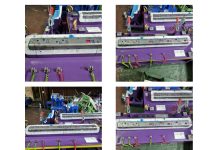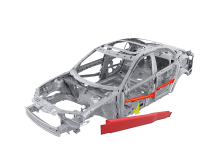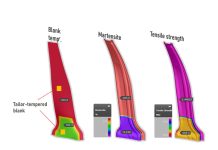Introduction
 Aluminum hot forming offers several advantages. However, many OEMs are still cautious about investing in this technology, as has always been the case in the automotive and aerospace industries. They tend to be understandably conservative when adopting new technologies, preferring to subject them to multiple rounds of testing and validation before incorporating them into their products.
Aluminum hot forming offers several advantages. However, many OEMs are still cautious about investing in this technology, as has always been the case in the automotive and aerospace industries. They tend to be understandably conservative when adopting new technologies, preferring to subject them to multiple rounds of testing and validation before incorporating them into their products.
Today’s case study aims to alleviate some of that hesitation by reviewing the high-volume application of HFQ at Fischer Group in Achern, conducted by Impression Technologies Ltd during early 2024.
The Case Study
Impression Technologies, now HFQ Technology Associates (HFQ-TA) in a new corporate structure, has been continuously working on improving the HFQ process since 2012. Today, they can confidently assert that HFQ has the potential to become a mainstream technology for producing high-strength aluminum structures. They have the technology to manufacture parts at a high rate and volume while maintaining excellent dimensional accuracy and mechanical properties. This case study was conducted in partnership with the Fischer Group to showcase the capabilities of this technology.
They used a sample of 300 parts to demonstrate the capability of advanced tooling technology combined with high-performance cooling. Initially, the parts had a cycle time of about 40 seconds, with quenching taking 15 to 20 seconds depending on the part thickness and alloy grade. Through the use of simulation and technical expertise, Impression Technologies and their tooling partner Weba achieved a very high quenching rate, ensuring a short quench time and uniform temperature during forming.
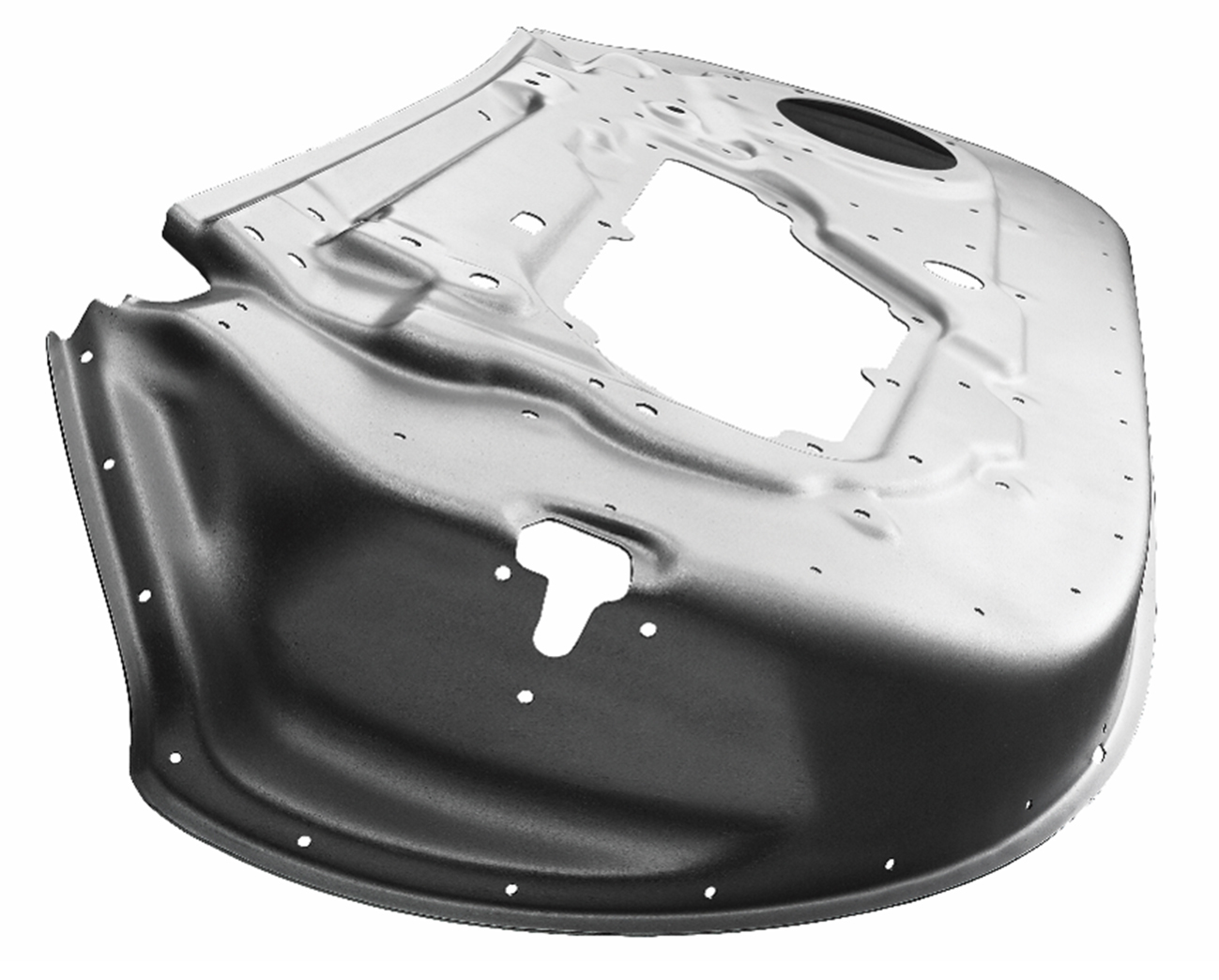
Fig. 1: Door Inner formed by HFQ.
This allowed them to reduce the quenching time to less than five seconds, resulting in a total cycle time of about 25 seconds—a 300% improvement in quenching speed. The benefits can be further enhanced by adjusting factors such as shift patterns, line configuration, and number of parts per stroke.
In addition to the increased capacity, the simulation-based approach to tool surface design helped reduce delays and obstacles associated with incorrect die spotting.
Timely and accurate production of tooling remains a significant bottleneck for the stamping industry. Weba’s technology, which accurately evaluates die spotting and suggests changes for near-perfect spotting, has significantly reduced the time and effort required for tool delivery.
Achieving these objectives for high-volume production is a significant milestone for faster adoption of HFQ technology.
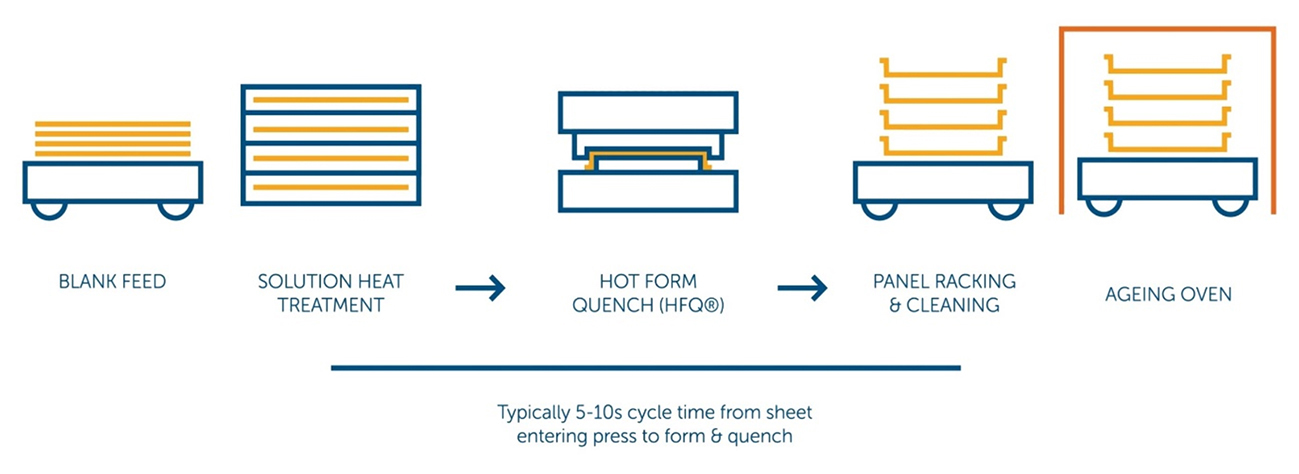
Fig. 2: cycle time with improved HFQ quenching.
How Does HFQ Work for High Volumes?
To enable HFQ for high volumes, a key requirement is excellent die spotting and quick quenching during the process itself. Good die spotting is characterized by near-uniform temperatures and pressures across the sheet metal during quenching. However, achieving this uniformity in hot forming can be a challenging task. Let’s see how ITL resolved both of these challenges to improve HFQ’s compatibility with high-volume production.
Enhanced Die Spotting Accuracy
Achieving good tool spotting is even more important in aluminum hot forming since heat flow is crucial to the final part’s quality. Good contact is important to maintain a supersaturated solid solution, avoid premature precipitation, and prevent thermal distortion. These factors are necessary to achieve peak mechanical properties and meeting tight dimensional conformance.
However, many engineers mistakenly assume they can simply create the tool without pre-spotting, thinking any spotting deviations can be fixed in the tryout phase. They often believe their spotting experience from steel forming will apply to aluminum hot forming.
This is not the case, as there are many differences between the two processes. For example, aluminum hot forming has a greater tendency for strain localization, making it more difficult to design for.
Additional time and effort are required in terms of manual labor and tool recuts to improve spotting. Practical experience is crucial to determine where to add material, ensuring sufficient allowance for removal during the spotting stage.
Despite these efforts, there are limits to how much material can be removed—particularly when approaching the cooling channels.
ITL and Weba used AutoForm’s pre-spotting capability to design tool faces. This was the first time this technology was applied to HFQ aluminum hot forming tools. It significantly improved the spotting results from the first tool, eliminating the need for manual adjustments like tool recuts. The technology allows teams to accurately estimate the allowances needed, ensuring a sufficient buffer for the material loss during the spotting correction phase. As a result, the tool is machined much closer to the final spotting level than it would have been without pre-spotting, leading to near-perfect die spotting in the first trial.
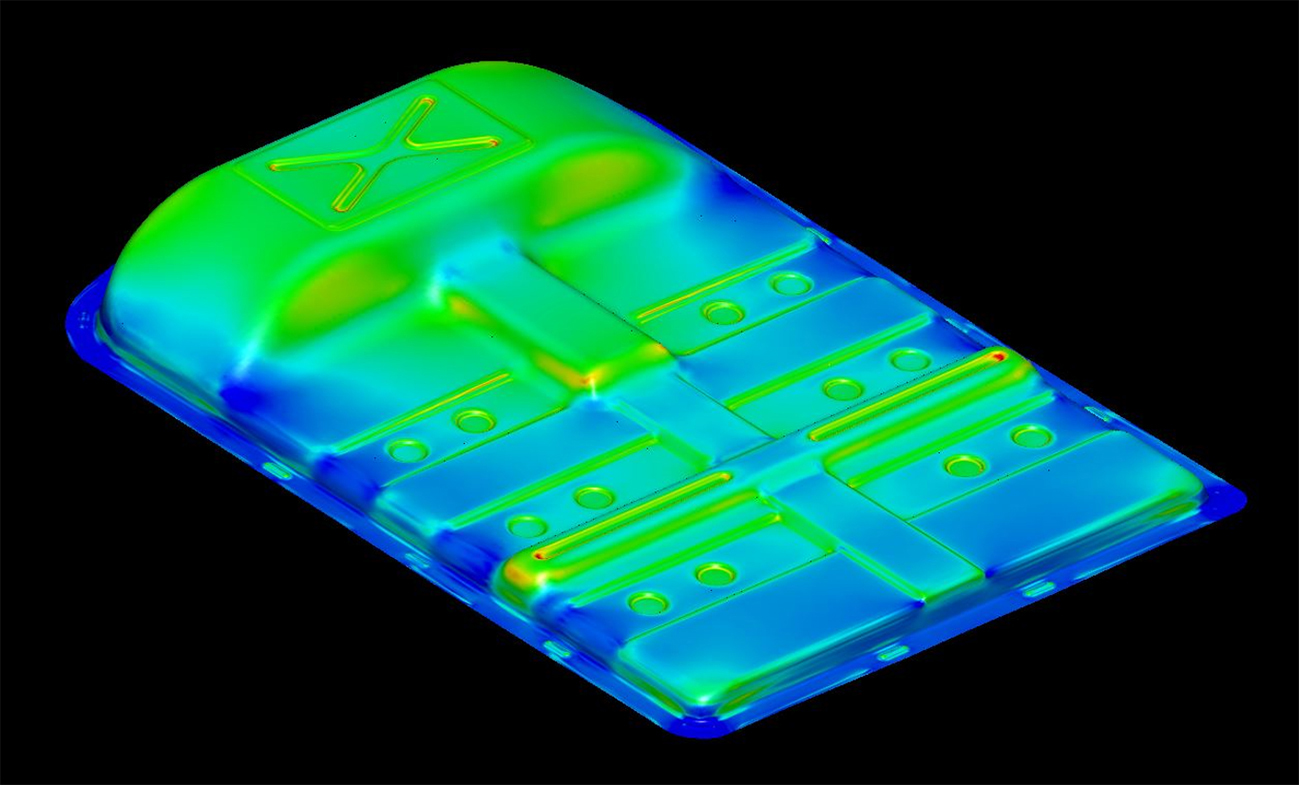
Fig. 3: T-lid simulation image.
Quenching Optimizations in the Forming Process
Quenching is critical for high-volume applications. It needs to be both fast and effective to maintain high production rates. The tools must operate at their best to ensure uniform quenching and prevent residual heat in stamped products, which can cause distortion and prevent the part from meeting dimensional conformance, pushing it out of specification.
Aluminum alloys have a minimum required cooling rate, which affects their mechanical properties. If an alloy is quenched too slowly, its strength and other crucial parameters can decrease. Therefore, a high and uniform quenching rate, combined with a low exit temperature, is essential to achieve precise dimensional conformance.
All of these parameters can be captured by examining the part’s exit temperature distribution—a delta difference between the maximum and minimum part temperature at the end of quenching. A smaller delta represents uniform heat distribution. This delta is a defining factor for the HFQ specification requirements for tool-making and manufacturing operations.
The HFQ specialists also provides the technology and expertise to assist manufacturing partners in specifying press line operational parameters for HFQ. This includes essential details such as tonnage, speed capabilities, dimensions, kinematics, stiffness, furnace heating capacity, tolerances for blank temperature distribution, automation guidelines, and more.
Using this information and support, toolmakers can design the tools, perform spotting and other simulations, build the cooling channels, run CFD to verify flow rates, and ensure optimum temperature distribution. HFQ specialists work hand-in-hand with its partners to ensure their specification requirements are understood and implemented effectively.
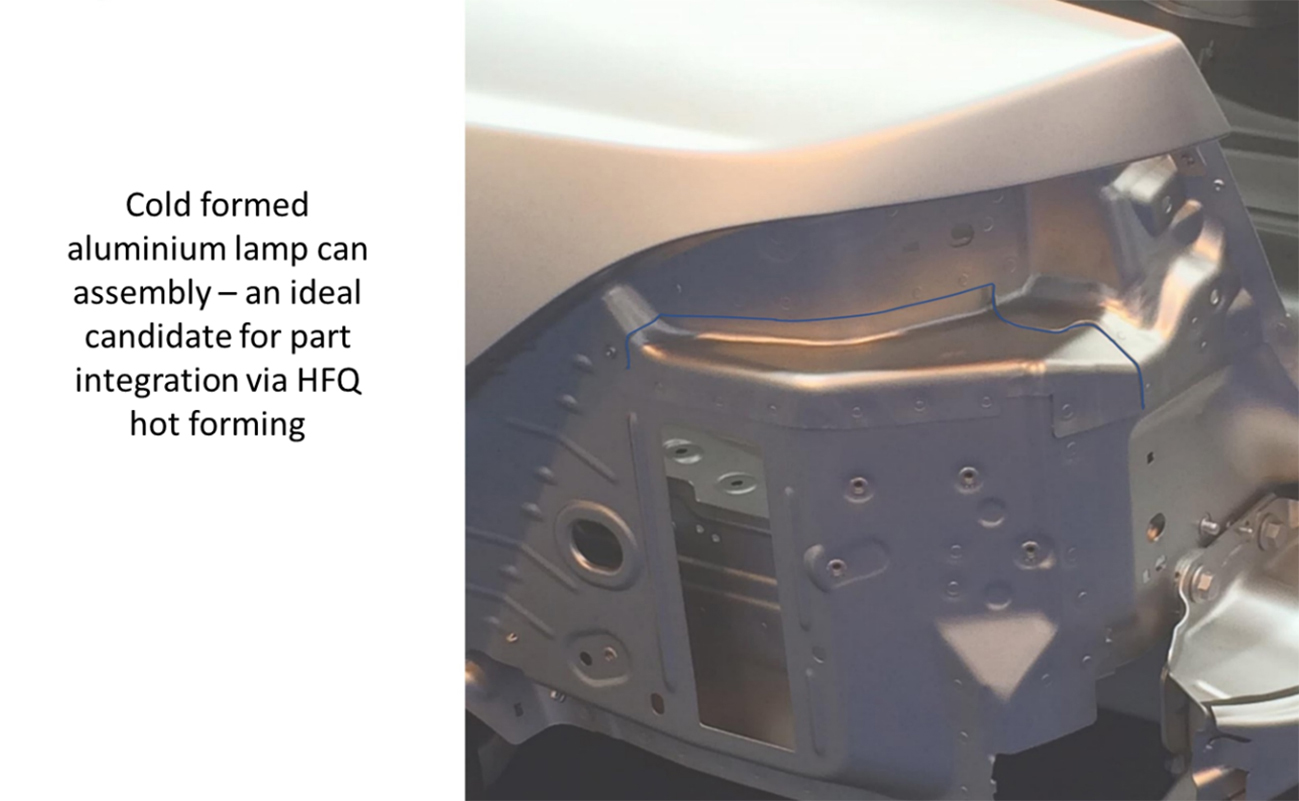
Fig. 4: Lamp can example HFQ formed part.
Conclusion
To sum it up, the collaboration between Impression Technologies Ltd., Weba, and the Fischer Group to validate a high-volume HFQ process marked a significant achievement in the aluminum hot forming industry. The process operates at scale by enhancing die spotting accuracy and reducing quenching times.
This case study positions HFQ at the forefront of aluminum hot forming, addressing key concerns from OEMs regarding technology adoption in the automotive and aerospace sectors. Its success in achieving high production rates with superior dimensional conformance underscores the HFQ Technology advances in process optimization and its commitment to advancing technological boundaries.
Looking ahead, the implications are clear: HFQ has the potential to revolutionize aluminum forming by offering faster cycle times, improved mechanical properties, and enhanced design flexibility. As HFQ Technology Associates continues to refine its methodologies and collaborate with industry leaders, the future is promising for widespread adoption of HFQ, paving the way for more efficient and sustainable manufacturing practices in the global marketplace.





